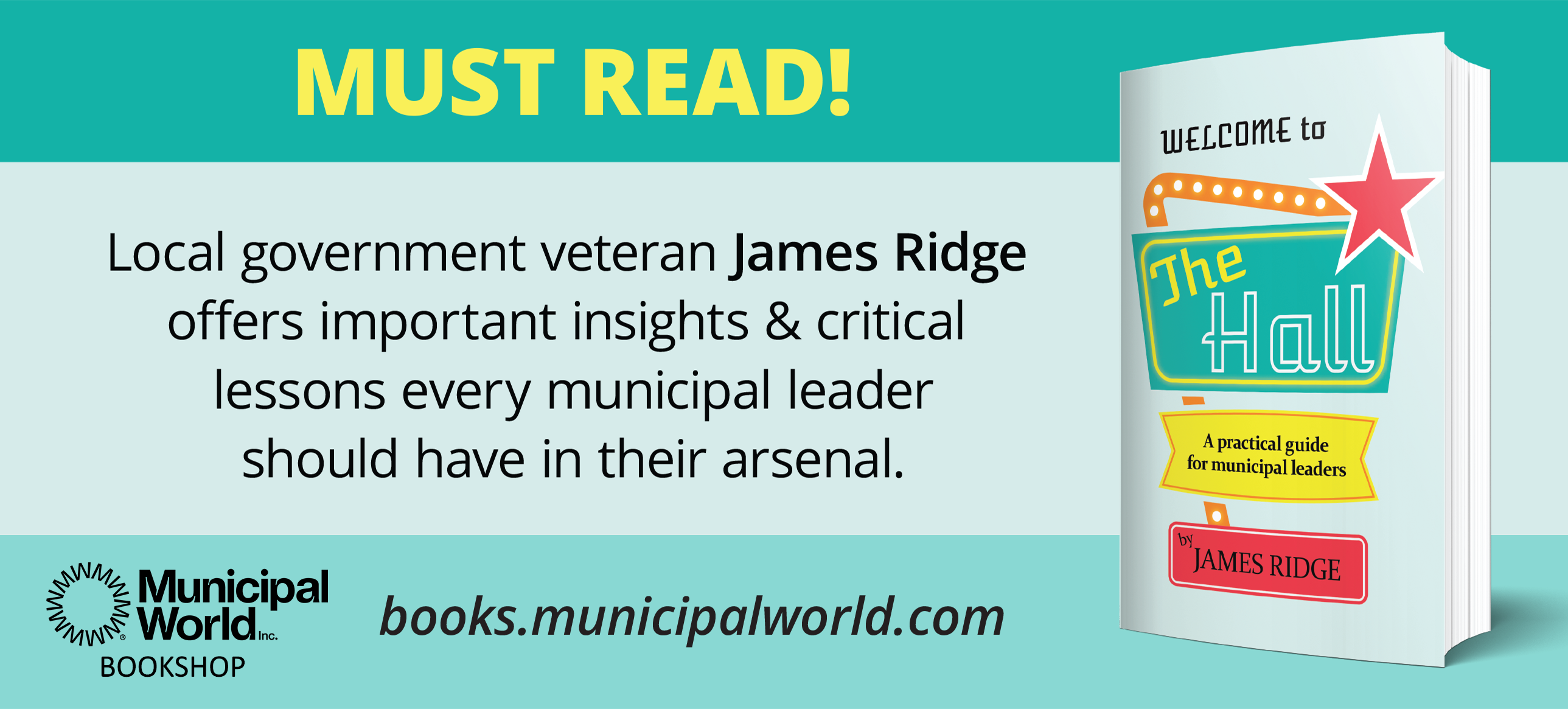Public sector sole-source dilemma revisited
 The issue of sole sourcing in the public sector has received much publicity over the past few years. In today’s environment we continue to see negative publicity with respect to this issue. Photo: Adobe Stock
The issue of sole sourcing in the public sector has received much publicity over the past few years. In today’s environment we continue to see negative publicity with respect to this issue. Photo: Adobe Stock
In 2011, I wrote an article entitled “The public sector sole-source dilemma,” which was published in purchasing B2B as well as Caveat Emptor. In some ways, the essence of this article has not changed.
As stated in the article, “The issue of sole sourcing in the public sector has received much publicity over the past few years, and even more attention over the past few months. While there’s no question we’re seeing greater emphasis these days on accountability, openness and transparency, as public purchasers we are faced with the dilemma of how to avoid sole sourcing and at the same time, still meet the needs of our internal client departments.”
Single Source versus Sole Source
There have been many articles (mine included) that provide differing definitions of single source versus sole source.
For the purposes of this article for sole source, the common definition is that there is only one source of supply and that no other options exist for the purchaser to consider. A single source occurs when a choice is made to avoid the competitive process or, in other words, awarding a contract to one bidder even though there may be others that can provide the same goods or services.
In today’s environment we continue to see negative publicity with respect to this issue.
Recent examples are the Ontario Green Belt, WE Charity, Service Ontario Outlets, and Ontario Landlord Tennant Board for the creation of a new digital system. Have we learned anything? Apparently not. The spin offs of this are negative publicity, potential increased costs, disgruntled vendors, and lack of public trust.
Were these procurements really a sole source situation or were they a single source and a conscious decision was made to avoid the competitive bid process? Were there other potential providers of the service? Maybe yes, maybe no, but without a transparent process taking place we will never really know.
In my article, I note that “in an ideal world, sole source situations would never be an option.” However, as we know, that is not realistic.
The challenge then becomes how much research is done (if any) with respect to a sole source. Is it sometimes easier to say, “There is only one source?” In my view, of course it is. It may be there is only one source, lack of expertise or time to develop the specifications, fear of receiving a non-acceptable product or service or perhaps there is a personal preference.
Does that make it right? Of course not.
Complicating Agreements
To complicate the matter even further, in public procurement in Canada we also have trade agreements, legislation, and directives that we must follow including but not limited to CETA, Broader Public Procurement Sector Directive, Building Ontario Businesses Initiative (BOBI Act), and The Agreement – New West Partnership Trade (NWPTA). All of which have procurement rules that need to be followed.
The Canadian Free Trade Agreement (CFTA) addresses this topic under Article 513 Limited Tendering. It clearly spells out the conditions when the bidding process can be avoided. This list includes – but is not limited to – protection of copyrights, goods or services required are a statutory monopoly, compatibility with existing goods, matters of a confidential or privileged nature, urgency, substantial duplication of cost. It also requires that a notice be published identifying the circumstances where limited tendering was used.
The onus is on the procuring entity to ensure that any limited tendering falls within the rules of CFTA as well as any other applicable legislation.
As public procurement professionals, we have a responsibility to ensure there is a sole source procurement policy in place that is endorsed by senior management, clearly identifies when it is permissible, under what conditions, and what authority or approvals are required. While I understand we may not all have the ability to ensure such a policy is in place, we do have the ability to promote and sell the importance of it.
Training and making client departments, and consultants acting on our behalf, accountable when requesting a sole source is essential to successful implementation of the policy.
The Struggle Continues
The issue is no different today than it was 12 years ago. We still struggle with how we can avoid declaring something as a sole source when in fact it is not and there is competition available.
Although planning our procurements in advance, researching the marketplace, talking to vendors, issuing a request for information, prequalification of vendors prior to the actual procurement, all take time and resources, it may be time and money well spent. Doing our homework goes a long way to addressing the issue.
Will this still be an issue another 12 years from now – I hope not, but my guess is yes. It’s up to us to try and tame this beast. MW
LouAnn Birkett, CSCMP, FSCMP, has over 35 years experience in the public sector and retired as purchasing manager for the Regional Municipality of Durham in 2016. Currently, Birkett is a Senior Supply Chain Advisor – Contracts, for Kinetic GPO.



